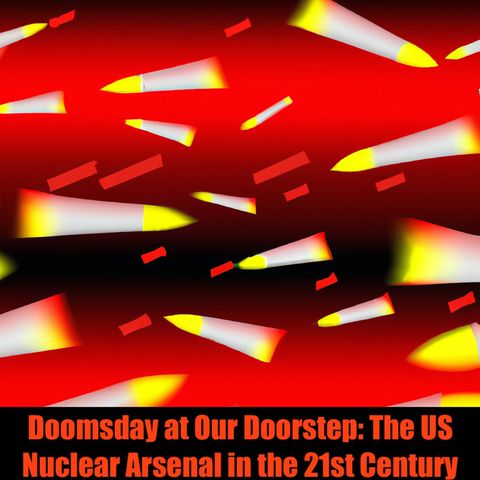
Contacts
Info
The United States Nuclear Missile Program: A Legacy of Deterrence and Modernization The United States nuclear missile program is one of the most potent and complex military systems in the...
show more- Ground-Based Strategic Deterrent (GBSD): This next-generation ICBM system will replace the aging Minuteman III fleet, offering improved range, accuracy, and survivability.
- Long-Range Standoff Weapon (LRSO): A new air-launched nuclear cruise missile designed for stealthy delivery from long distances.
- New submarine-launched ballistic missiles (SLBMs): The Columbia-class submarine program will replace the Ohio-class submarines, carrying a modernized version of the Trident II D5 missile.
- The evolving threat landscape: The emergence of new nuclear powers and the continued development of missile technologies necessitate constant reassessments of the US nuclear posture.
- Arms control agreements: Treaties like the New START treaty play a crucial role in limiting nuclear arsenals and fostering dialogue between nuclear powers.
- Domestic and international pressure: Public opinion on nuclear weapons remains divided, with growing calls for disarmament and non-proliferation.

Doomsday at Our Doorstep: The US Nuclear Arsenal in the 21st Century
Doomsday at Our Doorstep: The US Nuclear Arsenal in the 21st Century
QP-2The United States Nuclear Missile Program: A Legacy of Deterrence and Modernization The United States nuclear missile program is one of the most potent and complex military systems in the...
show more- Ground-Based Strategic Deterrent (GBSD): This next-generation ICBM system will replace the aging Minuteman III fleet, offering improved range, accuracy, and survivability.
- Long-Range Standoff Weapon (LRSO): A new air-launched nuclear cruise missile designed for stealthy delivery from long distances.
- New submarine-launched ballistic missiles (SLBMs): The Columbia-class submarine program will replace the Ohio-class submarines, carrying a modernized version of the Trident II D5 missile.
- The evolving threat landscape: The emergence of new nuclear powers and the continued development of missile technologies necessitate constant reassessments of the US nuclear posture.
- Arms control agreements: Treaties like the New START treaty play a crucial role in limiting nuclear arsenals and fostering dialogue between nuclear powers.
- Domestic and international pressure: Public opinion on nuclear weapons remains divided, with growing calls for disarmament and non-proliferation.
Information
| Author | QP-2 |
| Organization | William Corbin |
| Categories | News , Politics , Tech News |
| Website | - |
| corboo@mac.com |
Copyright 2024 - Spreaker Inc. an iHeartMedia Company
